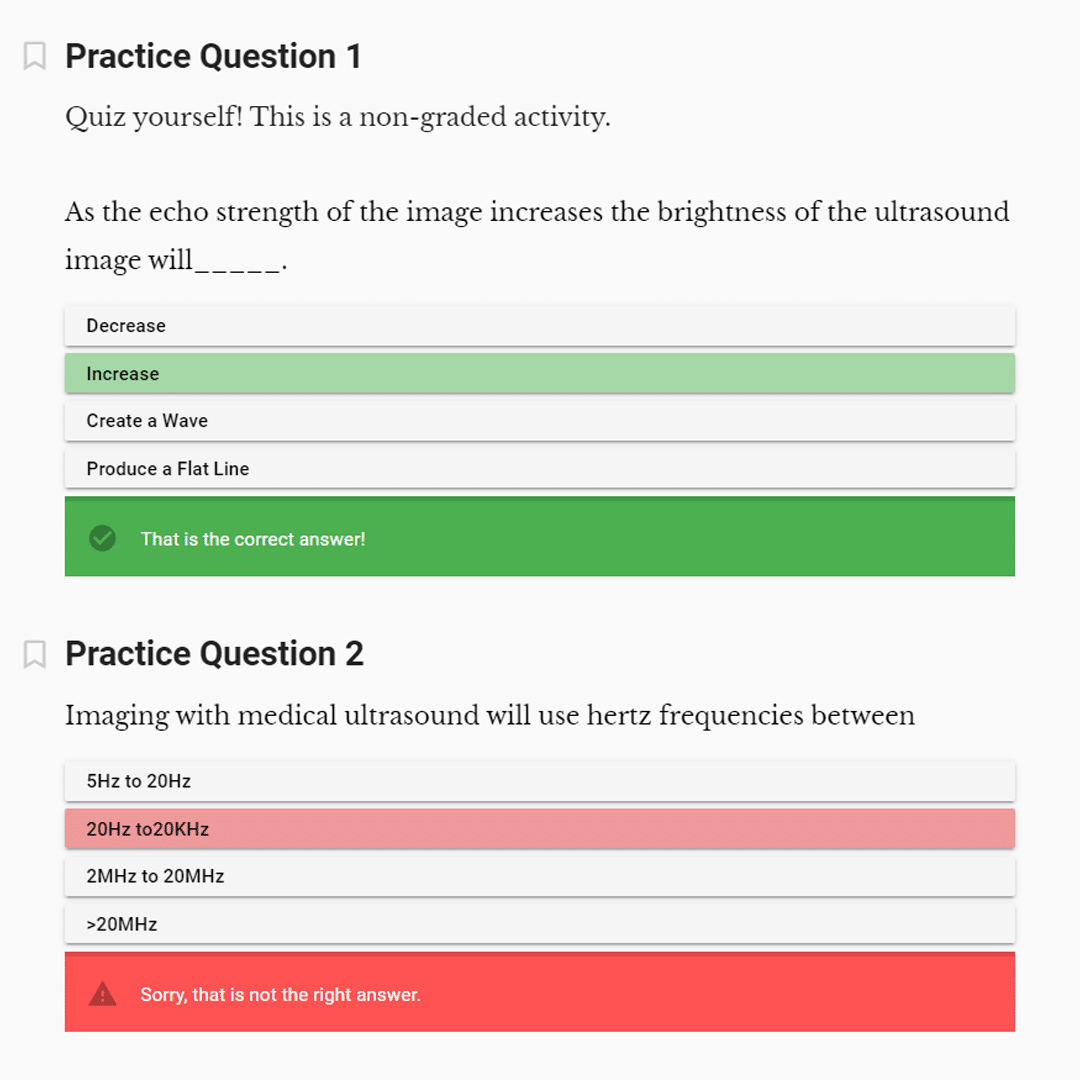The traditional Maverick course offerings include online didactic modules and a human specimen cadaver lab. However, we understand the cost constraints and weekend availability of practicing professionals. We offer an Online-Only option for a few courses using the same didactic learning modules as the complete course, but at a lower cost and with the freedom to complete the material at your own pace within 1 year of purchasing.
The Online-Only Course Saves Time & Money, without the Hands-on Lab
The online modules were developed in collaboration with practicing CRNAs with years of experience in regional anesthesia, education experts in the field of Pedagogy from Texas A&M University, and instructional designers. The resulting content implements proven methodologies to provide students with a comprehensive online learning experience.





What can I expect from the online didactic modules?
This course is not a typical “death-by-PowerPoint” lecture. The Maverick online content is designed to be modular, bite-sized, and interactive. The modules are filled with interactive presentations, ultrasound videos, pre & post-tests, knowledge checks, and landmark target practice activities. These modules are asynchronous allowing participants to take the course at their own pace and at their own location.
Check out our Online-Only course options below!
Regional Anesthesia Essential Techniques
Online-Only Didactic Modules
COURSE FEES
$1,000.00
CE’s EARNED – 14 Total
Online Didactic Module CEs:
14 AANA Class A CE credits
The Essential Techniques course covers a variety of topics, including ultrasound physics, in-depth anatomical instruction, image interpretation, and needle guidance techniques to perform several basic regional nerve blocks. Participants will increase their confidence in the essentials upon completion of this course.
Regional Anesthesia Essential Techniques Online Didactic Module Topics:
- Advantages of Regional Anesthesia
- Nerve Stimulation (NS) vs. Ultrasound (US)
- Modules on the physics of ultrasound and implementation of a Postoperative Pain service
- Drugs & Toxicities
- Ultrasound image production
- Scanning Basics
- Body & Hand Placement
- Nerve Blocks
- Adductor Canal
- Axillary
- Femoral
- Genicular
- Interscalene/Supraclavicular
- PENG/LFCN
- Popliteal Plexus
- Popliteal Sciatic
- It also includes modules on the physics of ultrasound and implementation of a Postoperative Pain service
The online didactic modules have been approved by the American Association of Nurse Anesthetists (AANA) for 14.00 Class A CE credits.
Interested in the hands-on cadaver lab plus the online modules? Learn more here: Regional Anesthesia Essential Techniques: Complete Course
Regional Anesthesia Advanced Techniques
Online-Only Didactic Modules
COURSE FEES
$1,100.00
CE’s EARNED – 12 Total
Online Didactic Module CEs:
12.00 AANA Class A CE credits
The Advanced Techniques course is designed for participants who are already familiar with the use of ultrasound and regional nerve blocks. In this course, you will learn more difficult fascial plane blocks, build upon your skills, and add several additional blocks to your training experience.
Regional Anesthesia Advanced Techniques Online Didactic Module Topics:
- Continuous Peripheral Nerve Block Catheter Techniques & Management
- Erector Spinae
- Genicular
- Paravertebral
- PECs 1 & 2
- PENG/LFCN
- Quadratus Lumborum
- Suprascapular
- TAP
The online didactic modules have been approved by the American Association of Nurse Anesthetists (AANA) for 12 Class A CE credits.
Interested in the hands-on cadaver lab plus the online modules? Learn more here: Regional Anesthesia Essential Techniques: Complete Course
POCUS with Vascular Access
Online-Only Didactic Modules
COURSE FEES
$600.00
CE’s EARNED – 32 Total
Online Didactic Module CEs:
32.00 AANA Class A CE credits
This course teaches participants the crucial skill of point-of-care ultrasound as an assessment tool, and how to utilize ultrasound for vascular access.
Point-of-Care Ultrasound (POCUS) assessment is quickly becoming an integral way to make a fast and accurate assessment of patients for clinical decision-making. It is performed at the bedside and has been proven to be accurate and repeatable for serial assessments of unstable patients to help guide in their care. Some have stated that “ultrasound will soon replace the stethoscope.”
US Guided Vascular Access skills can be used to initiate IV access for any and all surgical procedures, increases success rate with less needle sticks, decreases the need for central line placement, saves time and money. But most importantly, US Guided Vascular Access increases patient satisfaction by not getting stuck multiple times.
Online Modules Topics Covered:
- An Introduction to Ultrasound
- How Ultrasounds produce an image on screen
- POCUS for Gastric Assessment
- POCUS for Peripheral Vascular Access
- POCUS for Internal Jugular access
- Cardiac assessment for normal cardiac function and commonly seen pathological conditions
- Pulmonary assessment for normal function and common problems.
- eFast assessment for trauma and hemodynamically unstable patients
- POCUS for DVT assessment
The online didactic modules have been approved by the American Association of Nurse Anesthetists (AANA) for 32 Class A CE credits.
Interested in the hands-on lab plus the online modules? Learn more here: Point-of-Care Ultrasound with Vascular Access: Complete Course

